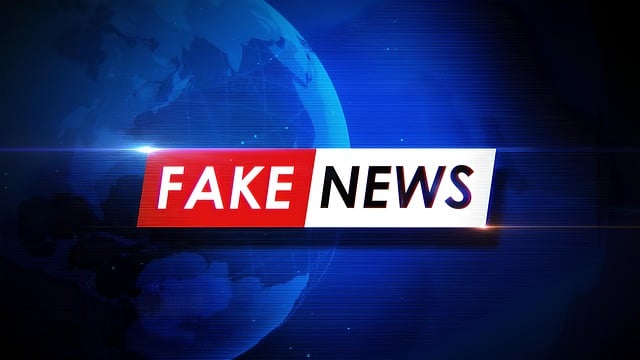As tensions escalate between India and Pakistan following Operation Sindoor, a new battlefront has emerged: the war of misinformation. Both Indian and Pakistani social media spaces are flooded with doctored images, old war videos, fabricated casualty reports, and manipulated news headlines, making it difficult for the public to discern fact from fiction.
Social Media: A Hotbed of Viral Disinformation
From alleged footage of downed jets to civilian casualty photos, platforms like Twitter (X), Facebook, WhatsApp, and TikTok are seeing a sharp spike in misleading content, much of which is recycled from previous conflicts or completely AI-generated.
A video circulated in Pakistan showing Indian fighter jets crashing was later identified as footage from a 2019 military exercise. Similarly, Indian accounts shared images claiming Pakistani cities were “blacked out due to air raids,” which were traced back to a 2020 power grid failure unrelated to current events.
Bot Armies and Hashtag Manipulation
Analysts have pointed out the sudden rise in bot-like behavior, where accounts flood platforms with hashtags like #PakUnderAttack, #IndiaStrikesBack, #KashmirBleeds, and #ModiAggression — often linked to unverifiable or misleading content.
Cybersecurity firm SafeNet Asia reported over 36,000 false or contextless posts originating from both countries within 48 hours of India’s air strikes. Most of these gained traction due to algorithmic amplification and community echo chambers.
Media Channels Under Fire for Lack of Verification
Mainstream television networks in both countries have also been criticized for sensationalism and premature reporting. A major Indian news channel ran a segment on “Pakistani tanks entering Rajouri” — based on a random viral video later debunked as part of a military parade in Rawalpindi. Similarly, Pakistani anchors shared clips of “civilian bombings in Bahawalpur” that were lifted from a 2015 Syria news report.
Fact-checkers including Alt News, BOOM Live, and Pakistan Fact Check have been working round-the-clock to debunk such stories, but their efforts often lag behind the viral nature of disinformation.
Impact: Public Panic and Polarization
The disinformation surge has had real-world consequences:
-
Panic buying was reported in Punjab border towns due to rumors of martial law.
-
Misleading casualty numbers fueled anti-government protests in Karachi and Srinagar.
-
Multiple hate speech incidents and communal posts have been reported on both sides, threatening internal peace.
Authorities Respond with Censorship and Warnings
Both the Indian Ministry of Information & Broadcasting and Pakistan’s PEMRA (Pakistan Electronic Media Regulatory Authority) have issued warnings to news channels and threatened bans for circulating unverified or inflammatory content.
The Indian government also asked Twitter (X) and YouTube to take down over 1,200 accounts and videos deemed “anti-national or fake.” Pakistan, meanwhile, has reportedly limited internet access in certain border regions to curb the spread of rumors.
Media Literacy More Crucial Than Ever
Experts argue that amidst rising geopolitical conflict, media literacy and digital responsibility are the need of the hour.
“In a digital battlefield, truth is the first casualty,” said Anjana Roy, a media analyst from Kolkata University. “We need not just stronger fact-checking but a citizen movement to question what we read and share.”
Stay tuned to Events247.in for verified updates, ground reports, and real-time fact checks as the India-Pakistan situation develops.



